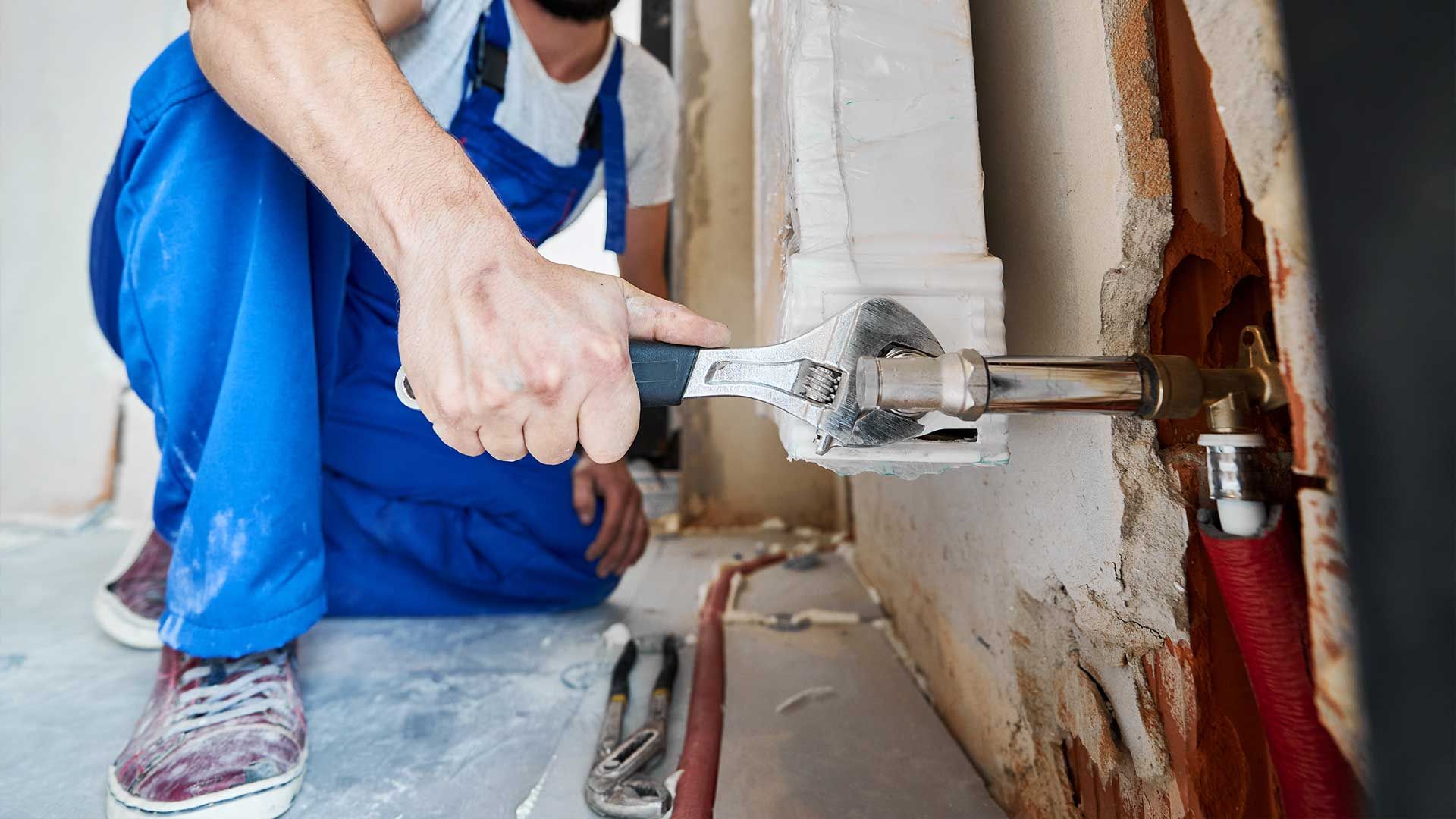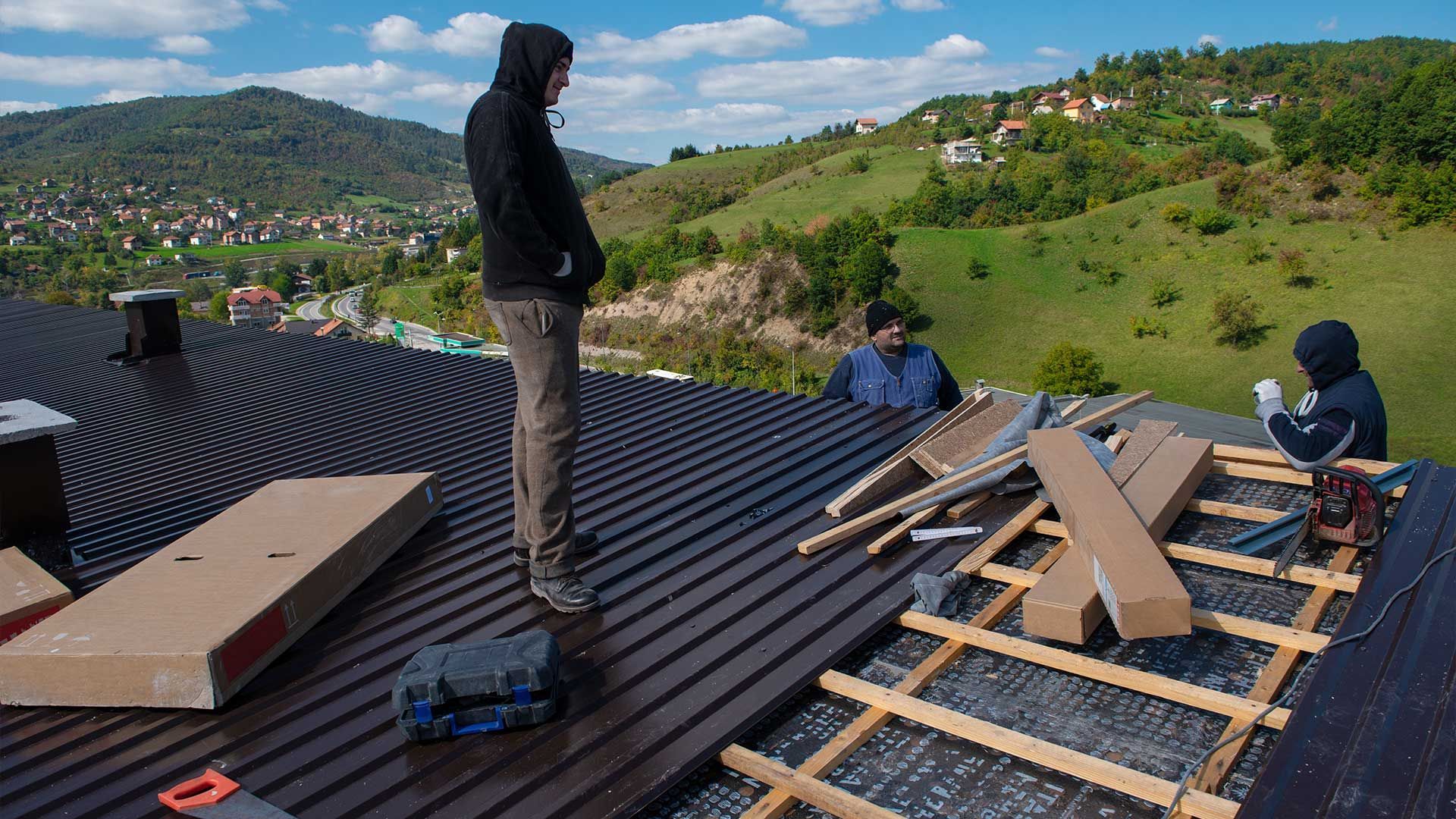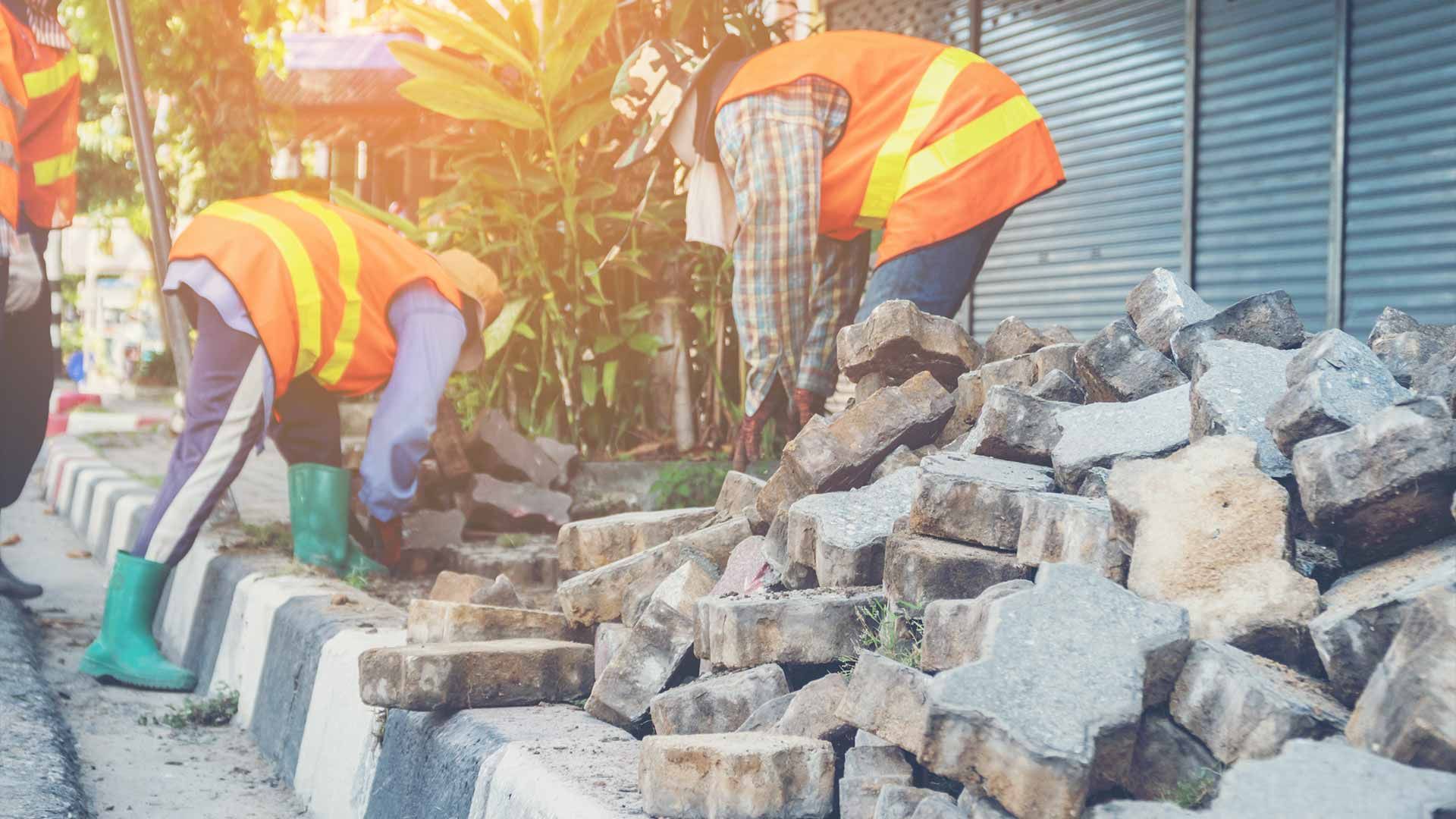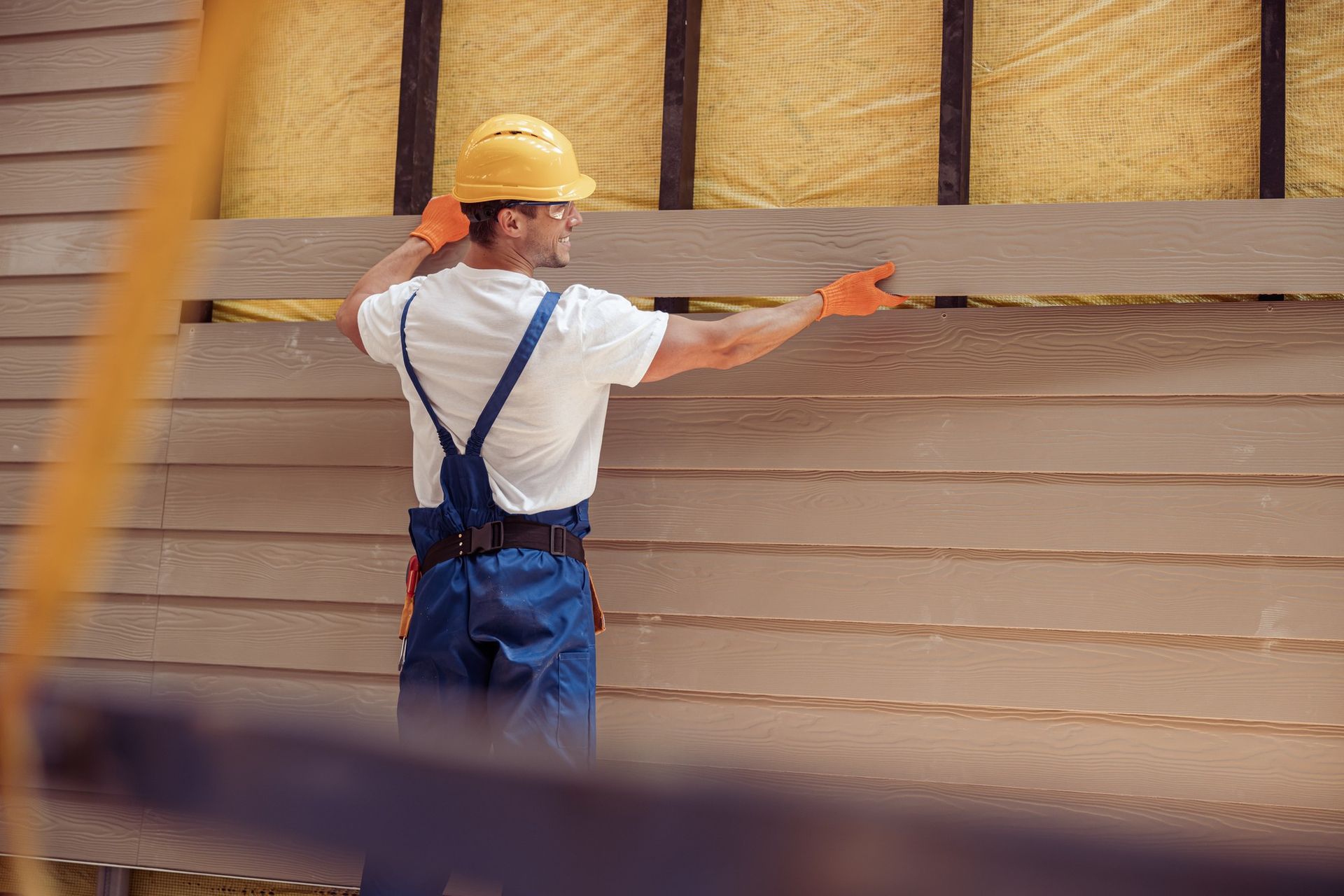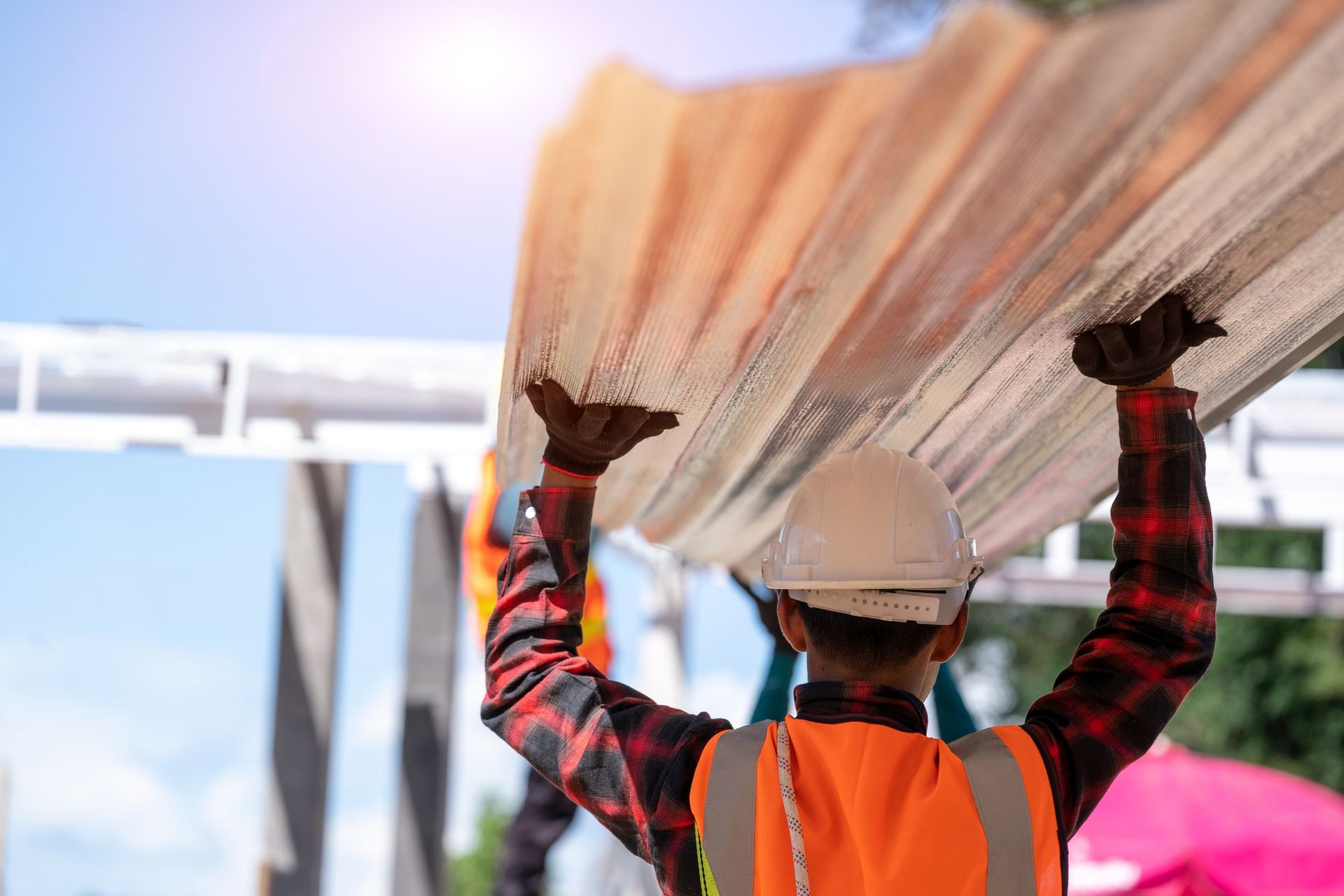Emergency Home Restoration: Water Damage Do's and Don'ts
Water damage emergencies can strike at any time, and when they do, it's crucial to know what actions to take and what mistakes to avoid. In this guide, we'll walk you through the essential do's and don'ts of emergency home restoration water damage. When faced with this challenging situation, your quick and informed response can make all the difference in minimizing damage and protecting your home and loved ones.
Do's: Effective Actions During Water Damage Emergency
Act Swiftly
When you discover water damage in your home, time is of the essence. Acting swiftly can help prevent further damage and reduce the overall cost of restoration. Begin by identifying the source of the water intrusion and address it if possible. Then, start the cleanup process immediately.
Ensure Safety First
Before you rush into action, prioritize safety. Turn off electrical power to affected areas and cut off the gas supply to prevent any potential hazards. Additionally, wear appropriate protective gear such as rubber gloves and boots to avoid exposure to contaminated water.
Document the Damage
Grab your smartphone or camera and document the extent of the water damage. Take clear photos or videos of affected areas, as these will be essential when dealing with insurance claims. This documentation will provide proof of the damage and help in the claims process.
Stop the Water Source
If the water damage is due to a burst pipe or a leaking appliance, try to shut off the water source immediately. Turning off the main water valve to your home can prevent further water from entering your property.
Contact Professionals
While your immediate response is crucial, don't attempt to handle extensive water damage restoration on your own. Contact water damage restoration experts who have the knowledge, equipment, and experience to handle the situation effectively. Professionals can assess the damage accurately and provide a comprehensive plan for restoration.
Begin Water Removal
Start removing standing water as soon as possible. You can use a wet/dry vacuum, buckets, or towels to soak up excess water. The faster you eliminate standing water, the less likely it is for mold and mildew to develop.
Promote Proper Ventilation
Proper ventilation is essential to aid in the drying process. Open windows and doors to improve air circulation within your home. Use fans and dehumidifiers to help remove moisture from the air and surfaces.
Don'ts: Mistakes to Avoid During Water Damage Emergency
Don't Delay Action
One of the most significant mistakes you can make during a water damage emergency is delaying action. Every moment counts when it comes to preventing further damage and mold growth. Avoid procrastination and address the issue promptly.
Don't Enter Unsafe Areas
Never enter flooded areas without taking proper precautions. Floodwaters can be contaminated and carry health risks. Additionally, flooded spaces may hide structural hazards. Exercise caution and ensure your safety before entering damaged areas.
Don't Neglect Documentation
Failing to document the water damage can complicate the insurance claims process. Without visual evidence of the damage, you may encounter challenges when trying to prove your case to the insurance company. Take photos and videos as soon as you discover the damage.
Don't Leave the Water Source Open
Leaving the water source open can lead to further damage. If the water damage is due to a burst pipe or an appliance malfunction, make sure to turn off the water supply to prevent more water from entering your home.
Don't Attempt Complex Repairs
In the midst of a water damage emergency, it's not the time to embark on DIY repairs. Complex repairs require professional expertise. Trying to fix things yourself may worsen the situation or even create new problems. Trust the experts to handle the restoration work.
Don't Underestimate Hidden Damage
Water can seep into hidden areas of your home, causing structural and electrical damage that may not be immediately visible. Don't assume that the damage is limited to what you can see. A thorough inspection by professionals is essential to uncover hidden issues.
Don't Forget to Turn Off Utilities
Failing to turn off utilities like electricity and gas can lead to dangerous situations. Water and electricity are a hazardous combination, and gas leaks can pose serious risks. Ensure you've turned off these utilities when dealing with water damage.
Aftermath: What to Expect and How to Proceed
Once you've taken the initial steps to address the water damage and ensure safety, there are several key actions to anticipate in the aftermath:
The Role of Professional Assessment
After the initial cleanup, it's essential to have professionals assess the extent of the damage. Water damage experts will inspect your property thoroughly to determine the full scope of restoration required. They will provide a detailed plan for moving forward.
Drying and Dehumidification
Proper drying and dehumidification are vital to prevent mold growth and further damage. Professionals will use specialized equipment to ensure that all moisture is removed from affected areas. This process may take several days, depending on the severity of the damage.
Restoration and Repairs
Restoration work may include repairing or replacing damaged structures, flooring, and drywall. It's essential to work with a reputable restoration company that can bring your home back to its pre-damaged condition.
Insurance Claims
Contact your insurance company promptly to start the claims process. Provide them with the documentation you've gathered, including photos and videos of the damage. Work closely with the insurance adjuster to ensure a smooth claims experience.
Preventing Future Water Damage
Learn from the experience and take steps to prevent future water damage in your home. This may include regular maintenance of plumbing and appliances, installing sump pumps, and improving drainage around your property.
Knowing the do's and don'ts of emergency home restoration water damage can be a lifesaver. Acting quickly and safely can minimize the damage to your home, protect your loved ones, and save you money in the long run. Remember that when faced with water damage, it's crucial to seek professional help, document the damage, and prioritize safety at all times. By following these guidelines, you can navigate the challenges of a water damage emergency with confidence and resilience.
The Importance of Preparation
While it's essential to know how to respond during a water damage emergency, prevention is equally crucial. Consider taking proactive steps to minimize the risk of water damage in your home. Here are a few preventive measures to consider:
- Regular Maintenance: Schedule regular maintenance for your plumbing system, water heater, and appliances. Identifying and fixing small issues before they escalate can prevent water damage.
- Install a Sump Pump: If your home is in an area prone to flooding or has a history of water intrusion, installing a sump pump can help prevent basement flooding.
- Upgrade Your Home's Drainage: Ensure that your property has proper drainage systems in place, directing water away from your home's foundation. This can prevent water from seeping into your basement or crawl spaces.
- Roof Maintenance: Keep your roof in good condition by repairing any damaged shingles or flashing promptly. A well-maintained roof can prevent water leaks.
- Inspect and Maintain Gutters: Clean and maintain your gutters to prevent water from overflowing and seeping into your home's foundation.
- Insulate Pipes: Insulate exposed pipes, especially in colder climates, to prevent them from freezing and bursting during the winter months.
- Check Appliances: Regularly inspect and maintain appliances like washing machines, dishwashers, and refrigerators to prevent leaks and water damage.
By taking these preventive measures, you can significantly reduce the risk of facing a water damage emergency in the first place.
Conclusion
Water damage emergencies can be overwhelming, but with the right knowledge and quick action, you can mitigate the damage and ensure a smoother recovery process. At Seaboard Building & Restoration, Inc., we understand the challenges of dealing with water damage, and we're here to help.
Remember the do's: act swiftly, ensure safety, document the damage, stop the water source, contact professionals, remove excess water, and promote proper ventilation. Equally important are the don'ts: don't delay action, don't enter unsafe areas, don't neglect documentation, don't leave the water source open, don't attempt complex repairs, don't underestimate hidden damage, and don't forget to turn off utilities.
In the aftermath of a water damage emergency, seeking professional assistance is crucial. Contact
Seaboard Building & Restoration, Inc. at
856-534-0132 for expert guidance and support. Our team of experienced professionals will assess the situation, provide a comprehensive restoration plan, and execute the necessary repairs.
We also recommend working closely with your insurance company to ensure a smooth claims process. Our experts can assist you in documenting the damage for your insurance claim.
Furthermore, use this experience as an opportunity to prevent future water damage by implementing preventive measures in your home. Regular maintenance, proper drainage, and insulation can go a long way in safeguarding your property.
With the knowledge and assistance of Seaboard Building & Restoration, Inc., you are better prepared to protect your home and loved ones when water damage strikes. Stay informed, stay safe, and remember that prompt and effective action, combined with our expertise, is your best ally in the face of a water damage emergency.
FAQ’s
